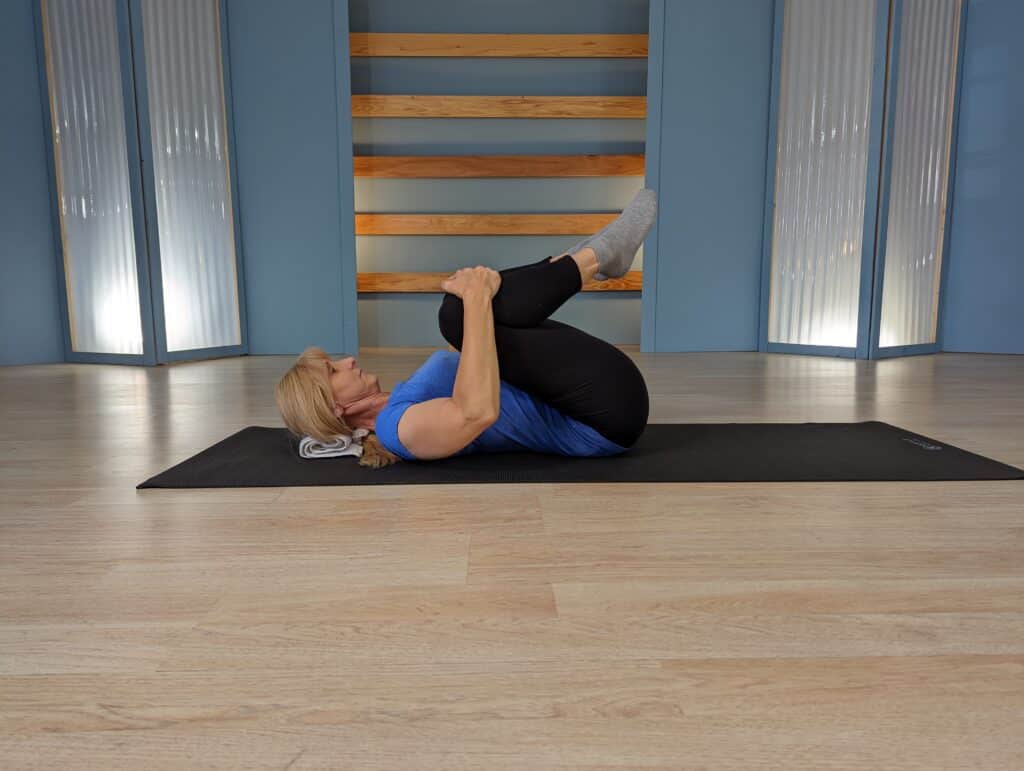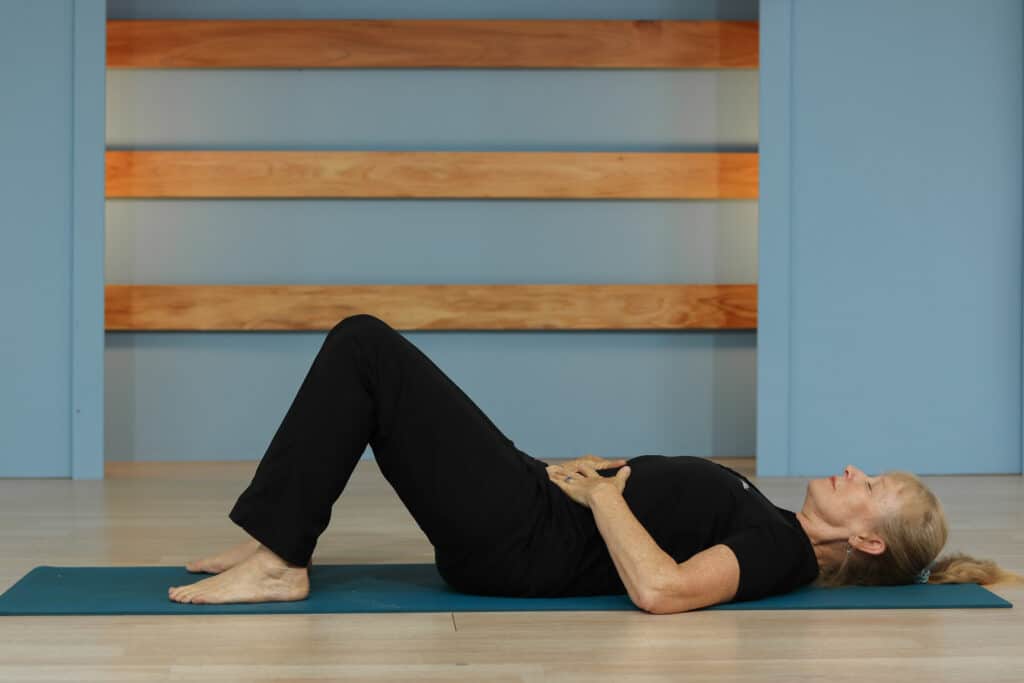Your answers to the stretching assessment show that you will most benefit from Flexion Stretches. Flexion exercises can be particularly beneficial for individuals with low back pain that is aggravated by standing, walking, or reaching overhead. Here are some reasons why the flexion exercises on the page you are viewing might be appropriate:
- Reducing Lumbar Lordosis: Standing and walking often increase the natural curve (lordosis) of the lower back, which can exacerbate pain in conditions like spinal stenosis or spondylolisthesis. Flexion exercises help to reduce this curve, thereby alleviating pressure on the spine⁵.
- Opening the Spinal Canal: Flexion exercises can help to open up the spaces in the spinal canal and intervertebral foramen, which can relieve pressure on the spinal nerves. This is particularly beneficial for individuals with conditions like lumbar spinal stenosis⁵.
- Stretching Tight Muscles: These exercises can help to stretch and lengthen the muscles in the lower back and hips, which can become tight and contribute to pain when standing or walking for long periods⁵.
- Improving Flexibility: Regularly performing flexion exercises can improve the overall flexibility of the spine and surrounding muscles, making it easier to move without pain⁵.
- Promoting Blood Flow: Flexion exercises can increase blood flow to the lower back area, which can help to reduce inflammation and promote healing⁵.
Here are your recommended Flexion Stretches:
Single Knee-to-Chest
- Starting Position: Lie on your back on a comfortable, flat surface like a yoga mat. Keep your legs extended and arms at your sides.
- Bend One Knee: Slowly bend your right knee and bring it towards your chest.
- Hold Your Knee: Use both hands to gently pull your right knee closer to your chest. Keep your left leg extended and relaxed on the ground.
- Hold the Position: Hold this position for 20-30 seconds. Make sure to breathe deeply and relax your back and shoulders.
- Release: Slowly release your right knee and extend your leg back to the starting position.
- Repeat on the Other Side: Repeat the movement with your left knee.
- Complete the Set: You can repeat this stretch 2-3 times on each side, depending on your comfort level.

Double Knees-to-Chest
- Starting Position: Lie on your back on a comfortable, flat surface like a yoga mat. Keep your legs extended and arms at your sides.
- Bend Your Knees: Slowly bend your knees and bring them towards your chest.
- Hold Your Knees: Use your hands to gently pull your knees closer to your chest. You can either hold your knees or clasp your hands around your shins.
- Hold the Position: Hold this position for 20-30 seconds. Make sure to breathe deeply and relax your back and shoulders.
- Release: Slowly release your knees and extend your legs back to the starting position.
- Repeat: You can repeat this stretch 2-3 times, depending on your comfort level.

Diaphragmatic Breathing with Muscle Activation
- Starting Position: Lie on your back on a comfortable, flat surface with your knees bent and feet flat on the ground. Place one hand on your chest and the other on your abdomen.
- Inhale Deeply: Take a slow, deep breath in through your nose, allowing your abdomen to rise as your diaphragm expands. Your chest should remain relatively still.
- Engage Your Core: As you inhale, gently tighten your abdominal muscles. Imagine pulling your belly button towards your spine.
- Exhale Slowly: Exhale slowly through your mouth, allowing your abdomen to fall. Maintain the engagement of your core muscles throughout the exhale.
- Repeat: Continue this breathing pattern for 5-10 breaths, focusing on the rise and fall of your abdomen and the activation of your core muscles.
- Relax: After completing the breaths, relax your muscles and return to normal breathing.
Hands and Knees Rock-Back
- Starting Position: Begin on your hands and knees in a tabletop position. Ensure your hands are directly under your shoulders and your knees are under your hips.
- Engage Your Core: Tighten your abdominal muscles to stabilize your spine.
- Rock Back: Slowly rock your hips back towards your heels. Keep your hands firmly planted on the ground and your back straight.
- Hold the Position: Once your hips are close to your heels, hold the position for a few seconds. You should feel a gentle stretch in your lower back and hips.
- Return to Start: Slowly return to the starting position by moving your hips forward.
- Repeat: Perform this movement 10-15 times, maintaining a smooth and controlled motion.

